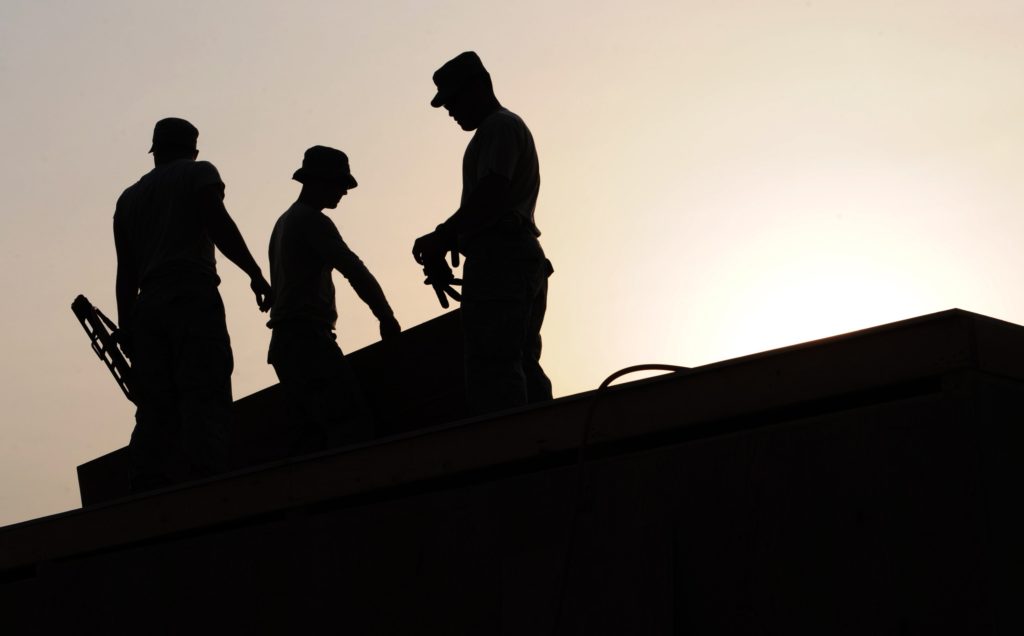Light industries in Malaysia are usually small businesses where companies produce their own products and are used by consumers. These businesses usually do not require a lot of capital to start. A buffer zone is a space or distance between an industrial area and a residential area that helps to maintain separation and reduce the possibility of pollution.

The buffer zones vary based on the specific activity carried out in the industry itself. Below are some examples for a few general activities which can be categorized under Light Industry. There will be overlapping of activities of light, medium and heavy industries but the categorisations are mainly based on the scale of the activity itself.
| Type of Industry | Manufacturing activities |
| 1. Manufacture of Food Products | Processing and preserving of fruits and vegetablesManufacture of vegetables, margarine, dairy products, grain mill products, etc. |
| 2. Manufacture of Beverages | Manufacture wines, soft drinks, and mineral water |
| 3. Manufacture of Tobacco Products | Manufacture of tobacco products and tobacco substitutes |
| 4. Manufacture of Textiles | Spinning, preparing textiles and reeling and washing of silk.Manufacture textile floor coverings, narrow woven fabrics |
| 5. Manufacture of Wearing Apparel | Manufacture of wearing apparel, articles of fur, knitted and crocheted apparel |
| 6. Manufacture of Leather and Related Products | Manufacture luggage, handbags and footwear |
| 7. Manufacture of Wood and of Products of Wood and Cork (except Furniture; Manufacture of Articles of Straw and Plaiting Materials) | Manufacture of other wood products, articles of cork, straw and plaiting materials |
| 8. Manufacture of Paper and Paper Products | Manufacture paper and paperboard including envelopes, wallpaper, etc. |
| 9. Printing and Reproduction of Recorded Media | Printing and services related to printing and reproduction of recorded media |
| 10. Manufacture of Chemicals and Chemical Products | Manufacture basic chemicals, distilled water and other chemical products |
| 11. Manufacture of Basic Pharmaceutical Products and Pharmaceutical Preparations | Manufacture of pharmaceuticals, medicinal chemical and botanical products |
| 12. Manufacture of Rubber and Plastic Products | Manufacture or semi-manufacture of plastic products or finished plastic products. |
| 13. Manufacture of Computer, Electronic and Optical Products | Manufacture electric components, communication equipment and consumer electronics for home entertainment. |
| 14. Manufacture of Electrical Equipment | Manufacture of electric motors, batteries, and accumulators Manufacture of fiber optic cables and other electronics and wires and cables. |
| 15. Manufacture of Machinery and Equipment | Manufacture of machinery and power-driven hand tools |
| 16. Electricity, Gas, Steam and Air Conditioning Supply | Electric power generation transmission and distribution and steam and air conditioning supply |
| 17. Water Collection, Treatment, Supply and Sewerage | Water collection, treatment, and distribution activities for domestic and industrial demand, operation of irrigation canalsTemporary sewage treatment facilities for construction activities |
| 18. Other Manufacturing | Manufacture of jewelry, sports goods, games and toys, and dental instruments and supplies |
A primary buffer zone is an area or distance which is located outside the designated area for the project or proposed activity. Comparatively, the light industry needs a shorter primary buffer zone compared to medium and heavy industries. The table shown below shows the criteria for an industry to be considered as light industry and the minimum buffer zone for it:
| Category | Industry/Activity Description | Primary buffer zone requirement |
| Light | None or very low pollution potential for air pollution, noise, vibration, odour, burning or explosionDoes not involve the use of hazardous raw materials or production of hazardous productsUse of renewal or low greenhouse gas emission sources of energy Generate no or very low amounts of wastewater with potential to contribute to water pollutionGenerate non-hazardous solid waste and no significant amount of scheduled wastes | Greater or equal to 50 m. Buffer distance for specific processes or polluting sources which are difficult to control effectively may require greater buffer distances. Actual buffer is to be determined by modelling studies where necessary. |




